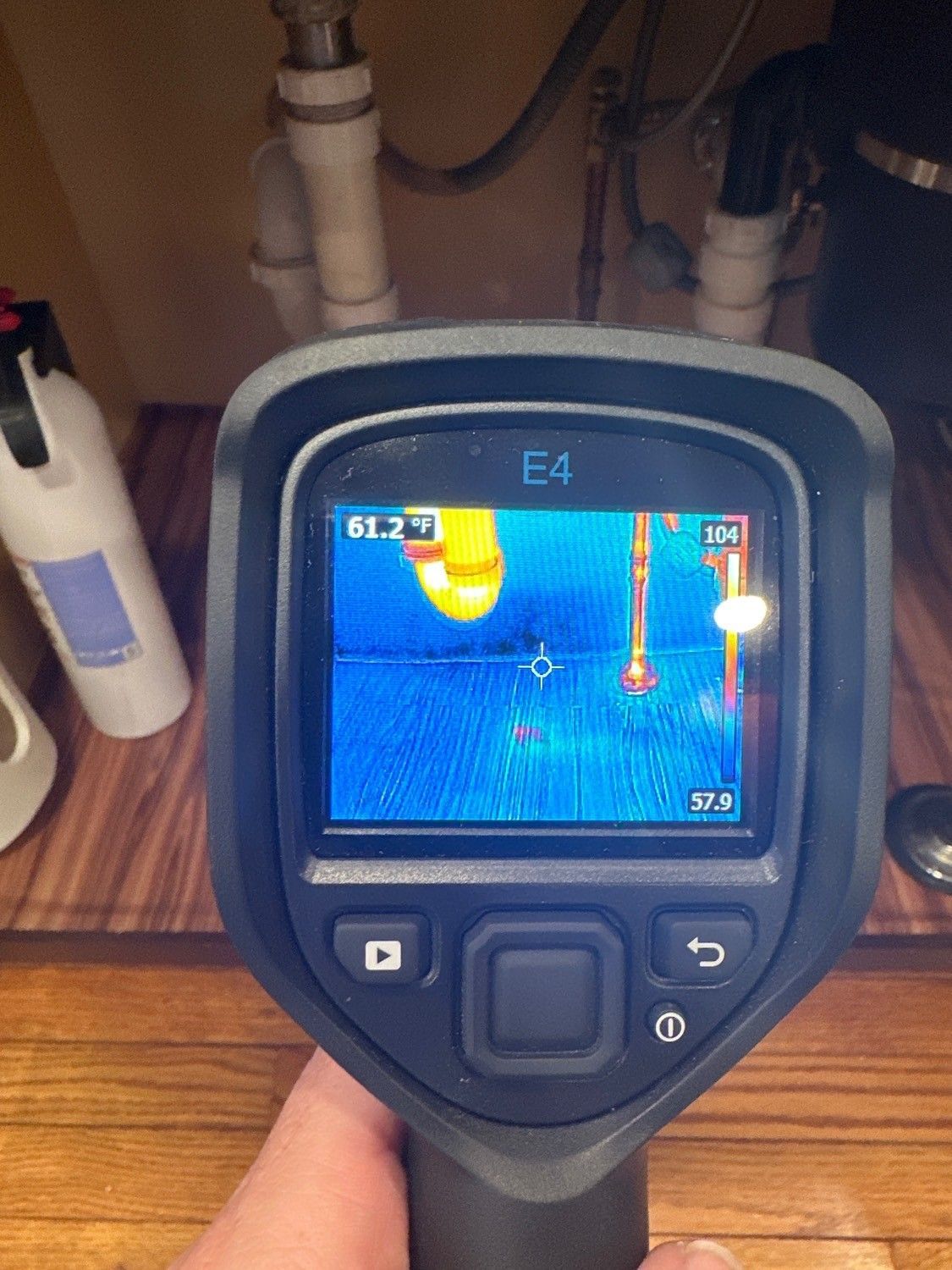Thermal Imaging
Thermal Imaging Services in Maryland
A non-invasive diagnostic method called thermal imaging inspection, commonly referred to as infrared inspection, employs thermal imaging cameras to find and measure temperature variations on surfaces. To find issues that might not be obvious to the naked eye, this technology is frequently utilized in building inspections, electrical inspections, and mechanical inspections. This article will cover the definition, operation, and industrial applications of thermal imaging inspection.
Inspection using thermal imaging is what?
Infrared cameras are used in thermal imaging inspection, a sort of non-destructive testing, to find and measure temperature differences on surfaces. The cameras take pictures of the surface being examined and translate the temperature measurements into an image that can be seen, with hotter areas denoted by brighter colors and cooler areas by darker hues.
The method is predicated on the idea that all objects release thermal energy, and that the quantity of energy released is correlated with the temperature of the object. Thermal imaging uses temperature differences to discover and measure potential problems such as energy loss, moisture incursion, or electrical faults in places that may be experiencing unusual heating or cooling.
Thermal imaging home inspection is a process of inspecting the condition of a home using a special camera that can detect changes in temperature. This type of inspection is often used to detect energy loss in a home, as well as areas that may need to be repaired or replaced. It can also be used to identify potential pests and other problems that may be hidden in the walls and other areas. Thermal imaging home inspections are becoming increasingly popular due to their ability to detect problems that can’t be seen with the naked eye. With the help of this technology, homeowners can save money on energy costs and make sure their homes are safe.
How Do Inspections Using Thermal Imaging Work?
By detecting and measuring the infrared radiation emitted by an object or surface, thermal imaging inspections operate. Thermal imaging cameras can pick up infrared radiation, a form of electromagnetic radiation that is undetectable to the unaided eye.
The cameras capture a picture by measuring the intensity of the infrared radiation emitted by the surface being examined. The graphic depicts how the surface's temperature is distributed, with hotter regions being represented by brighter hues and cooler regions by darker ones.
The sensitivity of the camera, the emissivity of the substance being scanned, and the climatic circumstances at the time of the examination are just a few of the variables that affect how accurate a thermal imaging inspection is.
Thermal imaging inspection applications
Building inspections, electrical inspections, and mechanical inspections are just a few of the many industries where thermal imaging inspection is used.
Construction Inspections
Building inspections frequently employ thermal imaging inspection to spot energy loss, moisture penetration, and structural flaws. Thermal imaging can be used in a building inspection to find regions of heat loss via walls, windows, and doors, which can be brought on by gaps, cracks, or insufficient insulation.
The detection of moisture incursion in construction materials like walls, floors, and roofs is another application for thermal imaging. Early detection of moisture entry is essential since it can result in mold development, structural damage, and health risks.
Thermal imaging can be used to find structural flaws in a structure, such as cracks, cavities, and delamination, in addition to energy loss and moisture penetration. These flaws can endanger the building's structural stability and put its occupants' safety at risk.
Exams of electrical systems
In order to find electrical defects, weak connections, or overloaded circuits, thermal imaging inspection is frequently used in electrical inspections to spot overheating components. Early detection of overheating components is essential since it can prevent equipment failure and create fire threats.
Thermal imaging can be used during an electrical examination to find overheated electrical panels, switchgear, transformers, and other electrical equipment. The inspector can discover possible issues and suggest solutions by spotting hot components before the machinery breaks down or starts a fire.
Mechanical Assessments
Detecting overheating parts of machinery, which may be an indication of wear and tear, misalignment, or lubrication problems, is another purpose for thermal imaging inspection in mechanical examinations. Early detection of overheating components is essential because it can prevent equipment failure, production halts, and safety risks.
Thermal imaging can be used in a mechanical inspection to find overheating in bearings, motors, pumps, and other mechanical parts. The inspector can discover possible issues and provide solutions by spotting overheated components before the machine malfunctions.
Next Level Home Inspections is a family owned and operated business capable of providing full home inspections in Maryland that include radon and water testing as well as drone and thermal imaging.
NAVIGATION
Next Level Home Inspections is a family owned and operated business capable of providing full home inspections in Maryland that include radon and water testing as well as drone and thermal imaging.
NAVIGATION
LOCATION

